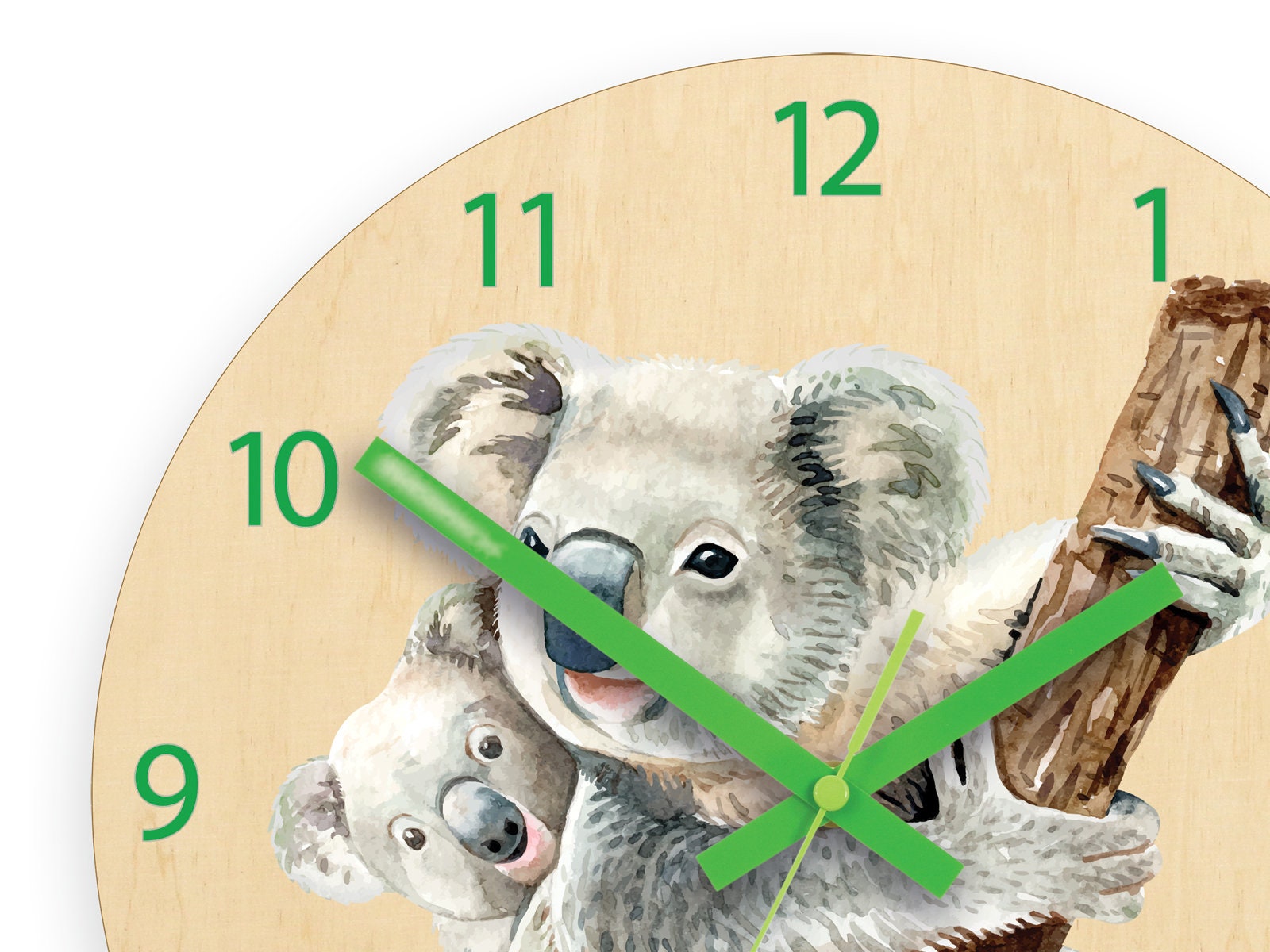


In 1859, the Episcopal priest John Freeman Young, then serving at Trinity Church, New York City, wrote and published the English translation that is most frequently sung today, translated from three of Mohr's original six verses. Īudio playback is not supported in your browser. During this period, the melody changed slightly to become the version that is commonly played today. By the 1840s the song was well known in Lower Saxony and was reported to be a favourite of Frederick William IV of Prussia. The Rainers were already singing it around Christmas 1819, and once performed it for an audience that included Franz I of Austria and Alexander I of Russia, as well as making the first performance of the song in the U.S., in New York City in 1839. From there, two travelling families of folk singers, the Strassers and the Rainers, included the tune in their shows. Īccording to Gruber, Karl Mauracher, an organ builder who serviced the instrument at the Oberndorf church, was enamoured of the song, and took the composition home with him to the Zillertal. It is unknown what inspired Mohr to write the lyrics, or what prompted him to create a new carol. The church was eventually destroyed by repeated flooding and replaced with the Silent-Night-Chapel. On Christmas Eve 1818, Mohr brought the words to Gruber and asked him to compose a melody and guitar accompaniment for that night's mass, after river flooding had possibly damaged the church organ. The melody was composed by Franz Xaver Gruber, schoolmaster and organist in the nearby village of Arnsdorf, now part of Lamprechtshausen. In the aftermath of the Napoleonic Wars, he had written the poem " Stille Nacht" in 1816 at Mariapfarr, the hometown of his father in the Salzburg Lungau region, where Joseph had worked as an assistant priest. A young Catholic priest, Father Joseph Mohr, had come to Oberndorf the year before. " Stille Nacht" was first performed on Christmas Eve 1818 at St Nicholas parish church in Oberndorf, a village in the Austrian Empire on the Salzach river in present-day Austria.


 0 kommentar(er)
0 kommentar(er)
